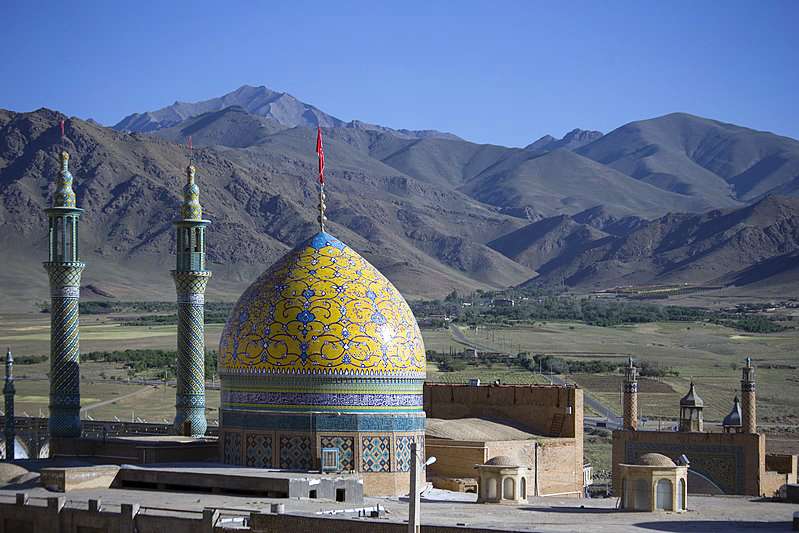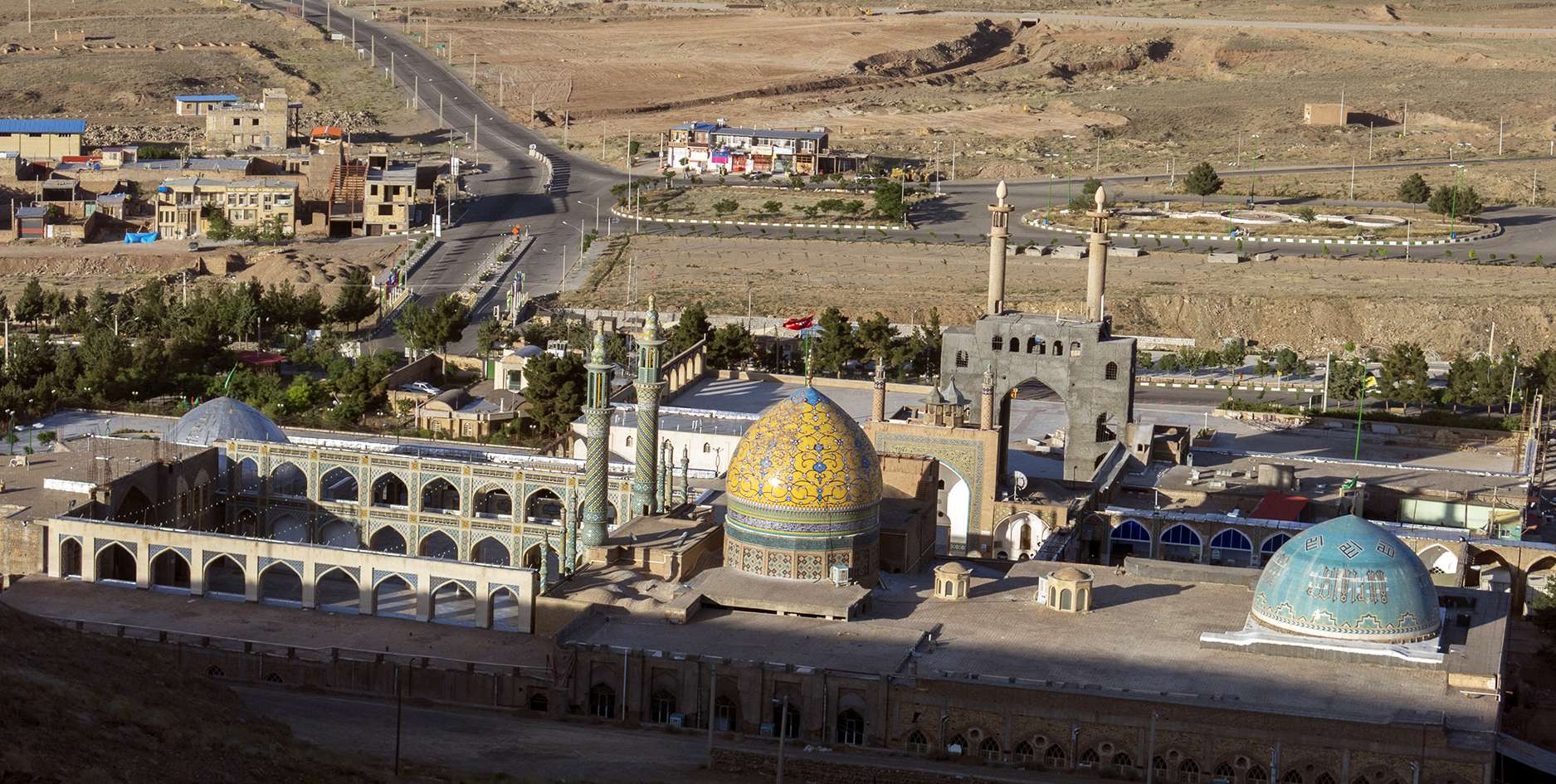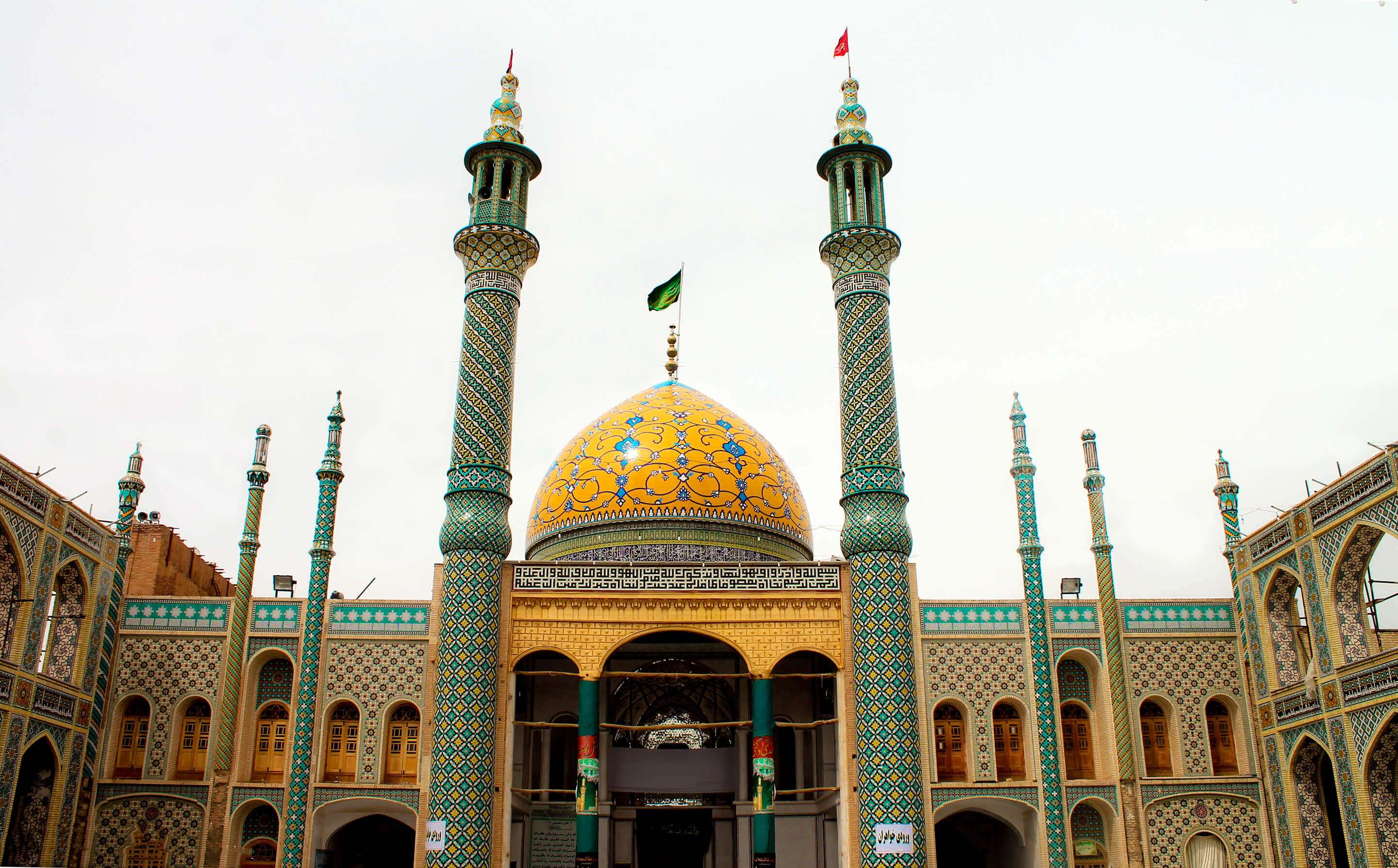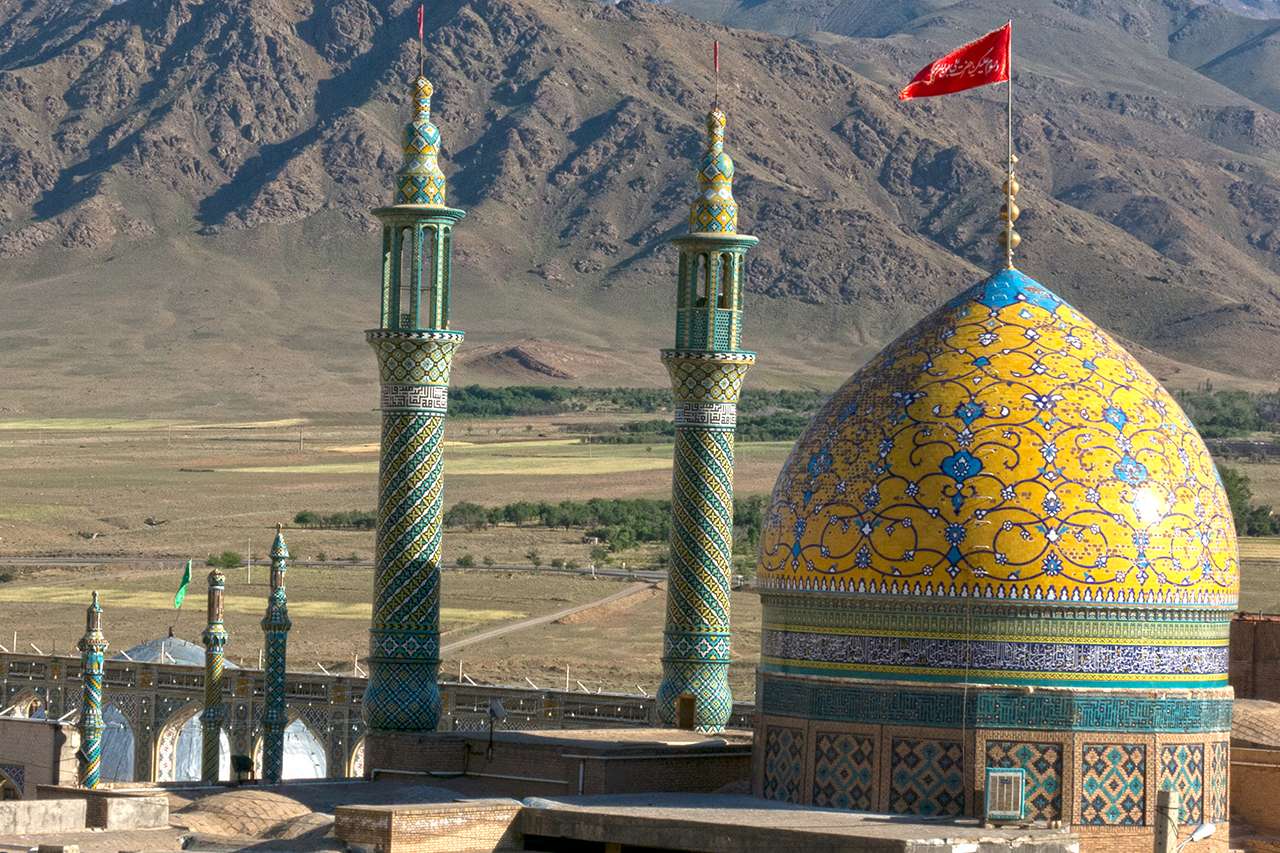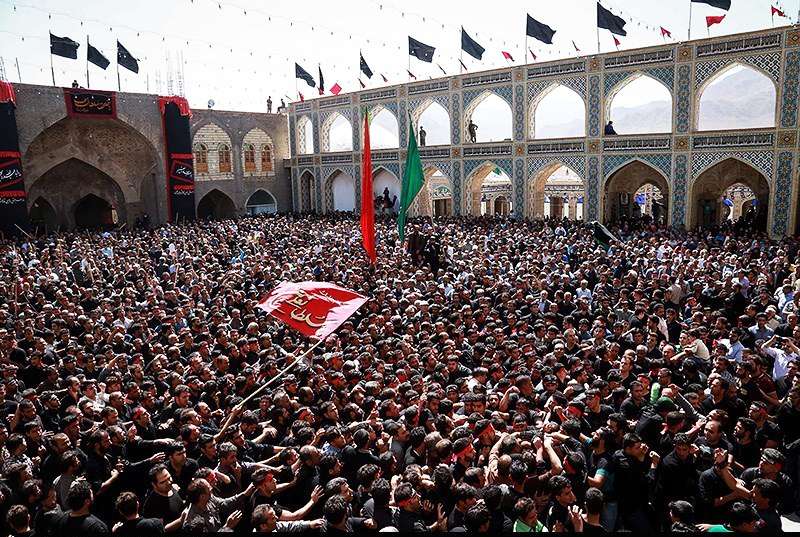Mashhad Ardehal

- Visiting
Mashhad Ardehal in Kashan
- ThemeSpiritual
- CodeIRSG311
- Duration24 hr(s)
Visiting the revered shrine in Mashhad-e Ardehal where the Qali-shuyan ritual is held every year.
- Spring8:00-17:00
- Summer8:00-17:00
- Autumn9:00-18:00 *
- Winter9:00-18:00
* Best Time
Photos of the Mashhad Ardehal
Explore the Mashhad Ardehal
Mashhad Ardehal
Mashhad-e Ardehal is a pleasant summer village, on the foothills of Ardehal Mountains, about 40 km west of Kashan city. The village is mostly identified with its famous historical and spiritual heritage, namely the mausoleum of Sultan Ali ibn Mohammad and Qali Shuyan ceremony. In fact, the word “Mashhad” (meaning the place of martyrdom) alludes to Sultan Ali’s martyrdom here in Ardehal.
Highlights
- Sultan Ali Mausoleum
- Qali-shuyan Ceremony
Sultan Ali Mausoleum
The mausoleum originally dates back to the Seljuk era commissioned by Majd al din, the Seljuk minister. It is recorded that it used to be a simple Chāhār Tāqī (literally a structure with four arches) which was expanded and renovated during different phases of history, beginning with the Buyid period (10th century). Therefore, the current complex houses the artistic taste of craftsmen from different ages and different eras. The 16th century wooden sarcophagi which used to cover the grave of Sultan Ali have recently been replaced by a damascened casket, crafted by Isfahanian artisans.
This mausoleum holds three courtyards on the east, west and south. These courtyards are called Qomiha, Sardāri and Safa respectively. The southern courtyard dates back to the Seljuk and Mongol eras and the other two courtyards are from the Qajar era.
The mausoleum's authentic Seljuk dome is adorned with Safavid gilded tiles, and its minarets, built at different heights, date back to the 15th century. These minarets were later decorated with Qajarid tile-work. Inside the structure, you find eye-catching paintings, mirror-works and tile-works, mostly from Safavid and Qajar periods.
The dome chamber has four doors: the wooden door opens to the northwestern porch (ayvān) and the other three doors open to northeastern, southwestern and southeastern porches. The upper part of the door on the southeastern porch (ayvān) is adorned with graceful plaster Nastaliq inscription, bearing Shah Tahmasb’s name. More than one hundred coffins are buried under this porch attributed to Sultan Ali’s fellows. The southwestern porch holds a small zarih (gilded, lattice structure) with two tombstones attributed to Sultan Ali’s grandsons. The eastern porch and its courtyard are known as Sardār courtyard or Fīnīhā courtyard, for this is the gathering place of people of Fin during Qālī-Shūyān ceremony. Lodgings have been designed around the court in order to accommodate the pilgrims. To the south of the mausoleum, there is a bathhouse, known as Darb-e Ziārat, which dates back to the Safavid era.
Qali-shuyan Ceremony
Qālī-shūyān ceremony was registered in UNESCO representative list of the intangible cultural heritage of humanity in 2012. This ceremony is practiced in Mashhad Ardehal to honor the memory of Sultan Ali. Sultan Ali ibn Mohammad is believed to be the son of Imam Mohammad Bāqer, the fifth Shiite Imam. In response to the pleadings of the Shiite Muslims of Fin and Chehel Hesārān, his father sent him as a spiritual instructor to this region. Frightened by Sultan Ali’s growing influence, the local rulers decided to liquidate him. Zarrin Kafsh was the ruler of Ardehal at the time. When Sultan Ali and a number of his companions were camping near Ardehal, Zarrin Kafsh and his men started an unequal battle against them. As the news spread, the people of Fin rushed to the place, but it was too late. The story says that Sultan Ali and his followers were killed while they were praying. So the men of Fin wrapped their slashed bodies in their prayer rugs and carried them to the nearby stream in order to perform the bathing ritual before burial. They buried the martyrs in Ardehal and fought back the enemy troops to take revenge. Therefore, the famous ceremony of Qali-Shuyan is the symbolic reenactment of this event. The people of Fin and Khāveh, accompanied by thousands of people from other villages and cities, express the profound sorrow and regret felt by their fathers for what happened to Sultan Ali and his followers. They also express their hatred and fierce wrath towards his enemies. To explain it in more detail, on the morning of Jome-ye Qāli, the men of Fin, clad in black and carrying clubs, gather beside the stream. Moving their clubs in the air, the crowd represents the troops which fought Sultan Ali’s enemies. Then, they move towards the southern court of Sultan Ali mausoleum for mourning and speech delivery. Afterwards, the people of Fin present their donation to the mausoleum and ask for the carpet which has been scented with rose water and wrapped with pieces of green cloth. The carpet is delivered to them through a passionate and impressive ceremonial and the people get extremely excited about the rolled carpet which represents the dead body of Sultan Ali. A man from Chehel Hesārān, with a prayer rug on his shoulder, rides on horseback in front of the crowd. He represents the man who used to carry and spread Sultan Ali’s prayer rug. A group of mourners from Khaveh move behind him carrying alam and kotal, very high and heavy structures like banners made of wood and metal and decorated with feathers and pieces of cloth. The carpet is symbolically washed in the stream and then taken back from a different path to the eastern court of the mausoleum. Carrying the carpet on their shoulders, the crowd circles around the court several times, and again, through special ceremonials, return it to the servants of the mausoleum.
Important Information
Additional Info
If you are planning to visit Sultan Ali’s mausoleum, when in the eastern court, search for a black grave stone on which a Modern Persian poem is beautifully engraved in white color. Here lies Sohrab Sepehri, the great Iranian painter and poet who was born and brought up in Kashan and finally rested here as he had foreseen
An annual bazaar is also held during the days preceding and succeeding Jome-ye Ghali where the people of surrounding towns and villages present a variety of goods, or entertain the people with games and performances which have religious or nonreligious themes. The pilgrims believe that shopping at this bazaar brings them blessing.

